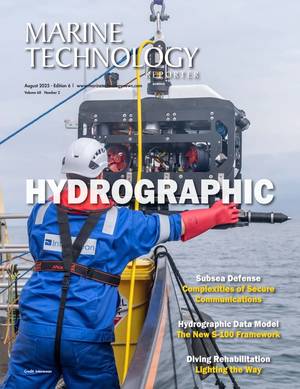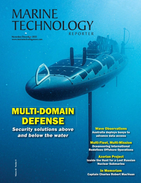PML Study Finds Tire Microplastics Impact Estuarine Animals
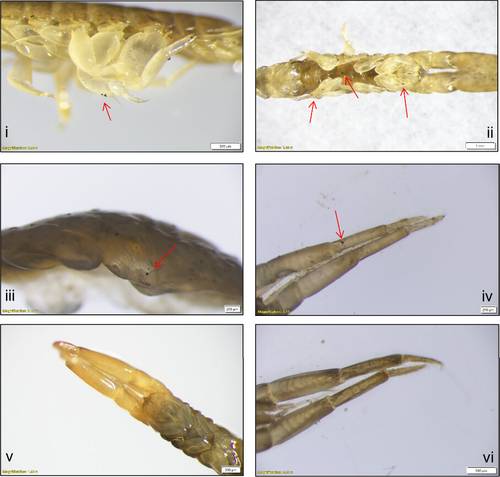
Image: Tyre particles adhered to a range of body parts of C. volutator, as visualized using a stereo microscopy (Olympus SZX16): (i) C. volutator periopods adhering tire particles in the suspension treatment (lateral view); (ii) C. volutator abdomen, gnathopods, and periopods adhering tire particles in the suspension treatment (ventral view); (iii) C. volutator periopods adhering tire particles in the surface-deposit treatment (lateral view); (iv) C. volutator 2nd antenna adhering tire particles
New PML research has revealed that particles shed from car tires – a major but often overlooked source of microplastic pollution – are both eaten by, and stick to the bodies of small marine animals.
Tire particles form as a result of abrasion between vehicle tires and roads. These particles are made from both natural and synthetic rubber and are a type of microplastic. But plastic isn’t the only problem with this pollutant; tires contain a cocktail of chemicals, trace metals, volatile organics and antioxidants, designed to increase tire longevity, reduce road resistance, and protect from UV damage.
These tire particles – smaller than 5 mm – are released onto highways, verges and the air, with rainfall and runoff washing them into rivers and estuaries, where they can settle into sediments or remain suspended in the water. Studies have discovered high abundances of tire particles in intertidal estuaries – making up 73% of detected microplastics.
While tire particles were first recognized as pollutants in the 1970s, they have received surprisingly little attention until recently. This new study, led by Charlotte Woodhouse, PhD researcher at Plymouth Marine Laboratory (PML) and the University of Exeter, is among the first to look at how these pollutants physically interact with living organisms in estuarine environments.
Researchers exposed Corophium volutator, a small shrimp-like crustacean that plays a critical role in estuarine food webs, to environmentally relevant concentrations of tire particles. They found that:
- Adherence: Tire particles readily stuck to the animals’ appendages, especially their antennae and feeding limbs, making them difficult to remove once attached.
- Ingestion: The animals ingested tire particles through both of their feeding modes—suspension feeding (drawing in particles from the water) and surface deposit feeding (collecting food particles from sediment). On average, suspension feeders consumed nearly 20 times more tire particles than surface deposit feeders.
- Egestion: Tire particles were later found in the animal’s faeces, showing that they can pass through the digestive system and be redistributed in estuarine sediments.
Researchers also found that the majority of ingested particles were very small (under 64 μm), around the width of a human hair, raising concerns that they could travel beyond the gut into other tissues, or cause blockages that impair feeding.


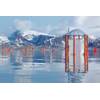
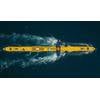
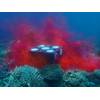
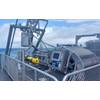
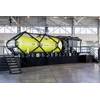






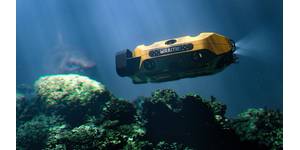
 August 2025
August 2025
